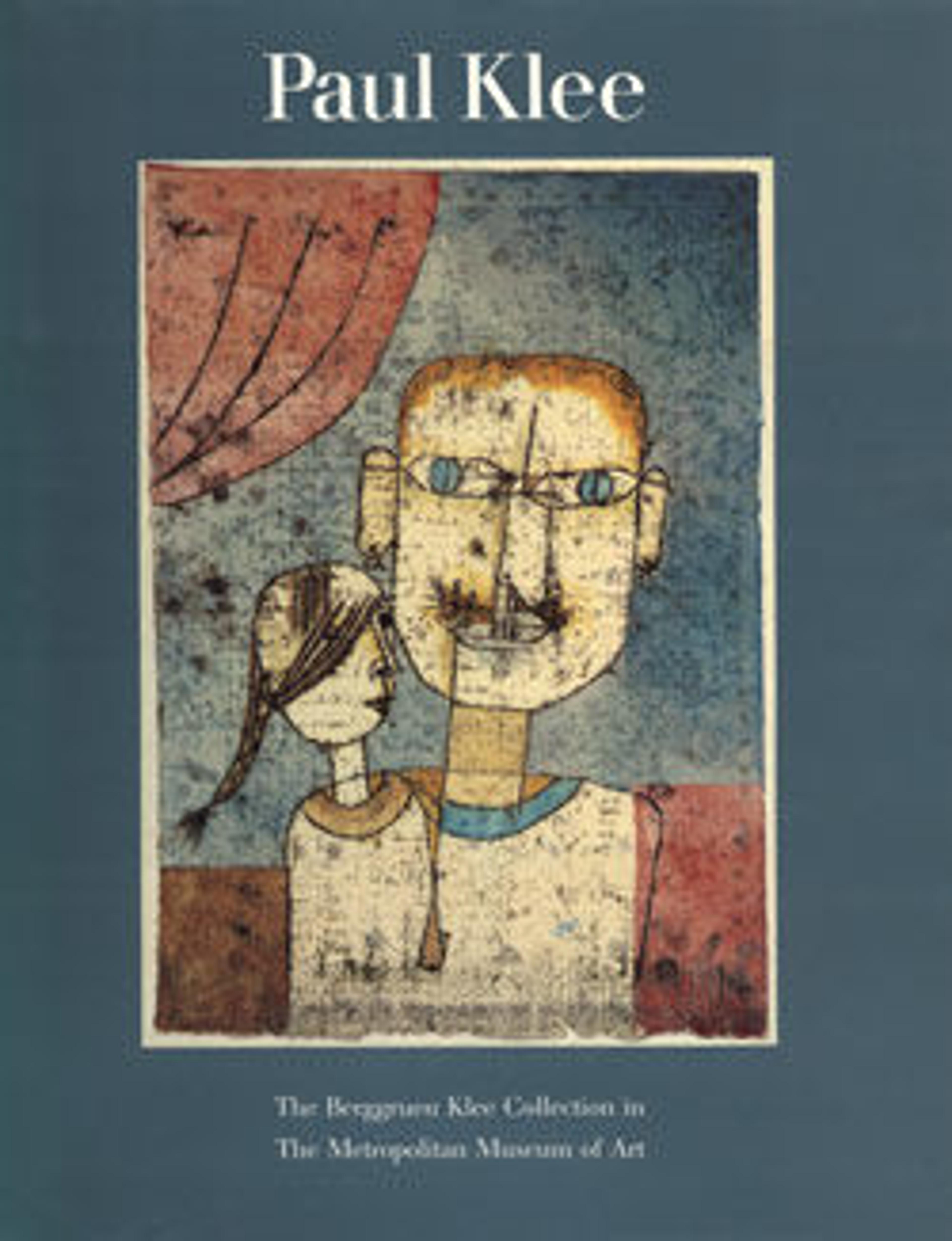Ghost Chamber with the Tall Door (New Version)
In the early 1920s, Klee painted a series of ghost chambers with eerie lines of perspective that reduce everything to skeletal transparency. As Klee rarely used perspective, he applied it in these works—always interiors—solely to show its delusive effects, a theory he relayed to his students in his Bauhaus lectures on the subject in November 1921. He demonstrates that perspective can be playful in this watercolor of an orange room cluttered with black wire utensils and with a tall violet door from which seemingly radiate the black perspectival lines.
Artwork Details
- Title: Ghost Chamber with the Tall Door (New Version)
- Artist: Paul Klee (German (born Switzerland), Münchenbuchsee 1879–1940 Muralto-Locarno)
- Date: 1925
- Medium: Sprayed and brushed watercolor, and transferred printing ink on paper bordered with gouache and ink, mounted on paperboard
- Dimensions: 24 × 16 5/8 in. (61 × 42.2 cm)
- Classification: Drawings
- Credit Line: The Berggruen Klee Collection, 1987
- Object Number: 1987.455.16
- Rights and Reproduction: © 2025 Artists Rights Society (ARS), New York
- Curatorial Department: Modern and Contemporary Art
More Artwork
Research Resources
The Met provides unparalleled resources for research and welcomes an international community of students and scholars. The Met's Open Access API is where creators and researchers can connect to the The Met collection. Open Access data and public domain images are available for unrestricted commercial and noncommercial use without permission or fee.
To request images under copyright and other restrictions, please use this Image Request form.
Feedback
We continue to research and examine historical and cultural context for objects in The Met collection. If you have comments or questions about this object record, please complete and submit this form. The Museum looks forward to receiving your comments.
